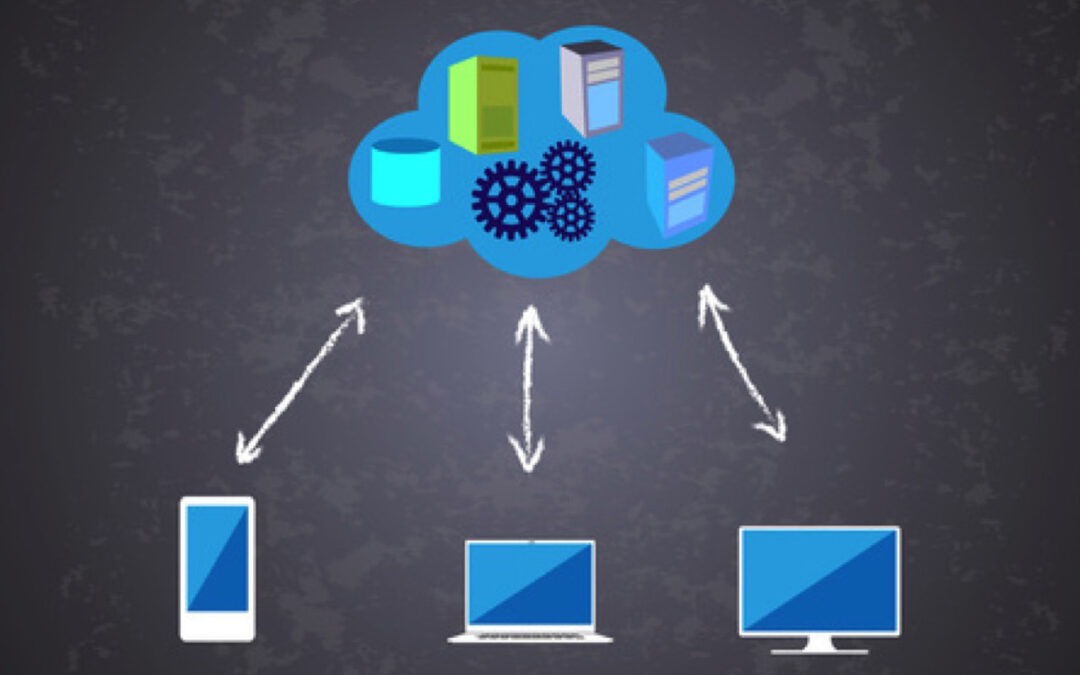Organisations are changing their strategy to speed up the business with emerging technologies in a cost, time and resource-effective manner. Rapid rate of technology churn has always confused businesses to choose the right product and platform for their requirements. Only that doesn’t add enough to the pain, but a major challenge always keeps arising i.e. integration of all products, be it on premise to cloud or cloud-to-cloud integration. Integration across the enterprise is becoming a huge challenge for not only business end-users, but also for providers of SaaS and cloud services.
That’s where iPaaS comes to the rescue for businesses.
The integration platform-as-service (iPaaS) is a new methodology to overcome the problems of integration with applications and processes in a secure, safe and cost-effective manner. IPaaS, specifically meant for the cloud, can handle the challenges of the cloud, making it possible to quickly connect any database and any app – whether they function in the cloud, on premises, or a combination. Let’s understand iPaaS in more detail.
Integration Platform as a Service (iPaaS) is a cloud service that provides a platform to support application, data and process integration projects, usually involving a combination of cloud-based applications and data sources, APIs and on-premises systems. In short, an iPaaS is typically used for cloud service integration (CSI) and application to application (A2A) integration scenarios. Increasingly, they are also being used for business to business (B2B) integration, mobile application integration (MAI), API publishing and Internet of Things (IoT) integration scenarios.
Some of the key characteristics and capabilities of an iPaaS are:
Scalable subscription-based pricing
pay for what you use. An iPaaS offers high level of elasticity; making it easier to scale up or down.
Multi-tenanted cloud server architecture
that is shared by multiple clients/organisations and has all the characteristics of the cloud. Meaning, among other things, that it can scale easily to allow you to create numerous connections and meet high-volume data-integration demands.
Ready connectors
an iPaaS usually includes a series of pre-built free and cost-based system connectors for integrating many well-known cloud and on-premise external systems.
Scalable subscription-based pricing
pay for what you use. An iPaaS offers high level of elasticity making it easier to scale up or down.
Single point access
an iPaaS provides browser based consoles which helps in reviewing audit trails, monitoring error logs, and, in most cases, configuring system connections, data maps, and operation schedules.
Rapid and easy usage
tools for rapid data mapping help you take a field in a source system, transform the data, and map it to a field in a target system. It also provides an intuitive click-and-drag-to-configure UI platform for developing integration processes and robust function/translation capabilities in formatting data between systems.
No more maintenance
all the updates over upgrades will be pain free. An iPaaS will provide automatic, reliable and regular platform updates – this will reduce maintenance costs, improve reliability and ensure that you can make use of the latest features and enhancements as they come available.

IPaaS Adoption
There are different iPaaS vendors in the market who possess different capabilities to achieve the integration challenges. Today, IPaaS has become mature enough to meet up the integration challenges and constantly emerging with a rapid rate. When selecting the right iPaaS vendor, application leaders should also consider factors such as:
- Short-term tactical versus long-term strategic use of the platform type and number of endpoints being connected: SaaS, packaged applications, internally developed applications, mobile apps, social media, file systems, databases and so on
- The integration skills of the expected users of the platform
- The iPaaS offering’s ability to support emerging integration requirements, such as the IoT, that their organisation deems relevant for its business strategy
- The ability to federate the iPaaS with the established on-premises integration platform, whether in support of specific requirements
- SLAs and quality-of-service requirements
- Security and regulatory compliance needs
- Geographic location of the iPaaS data centres and support centres
- The ability to deploy the iPaaS platform in a hybrid mode, both across the iPaaS public cloud and within the client data centre
- Availability and cost of iPaaS skills from the provider and external service providers’ cost expectations and available budget
Successful enterprises today need to access and stream resources instantly anytime through a single platform. Whilst choosing the right vendor, application leaders should start the selection of the right vendor based on the thorough understanding of the vendor offerings and the organisation’s processes. IPaaS is emerging as the next-generation integration technology, gradually replacing traditional forms of integration middleware.
We at Gauri help you to choose the right options for cloud integration. Things are changing and so are the trends, why wait?
– Co-Author: Srinivas Bandi

